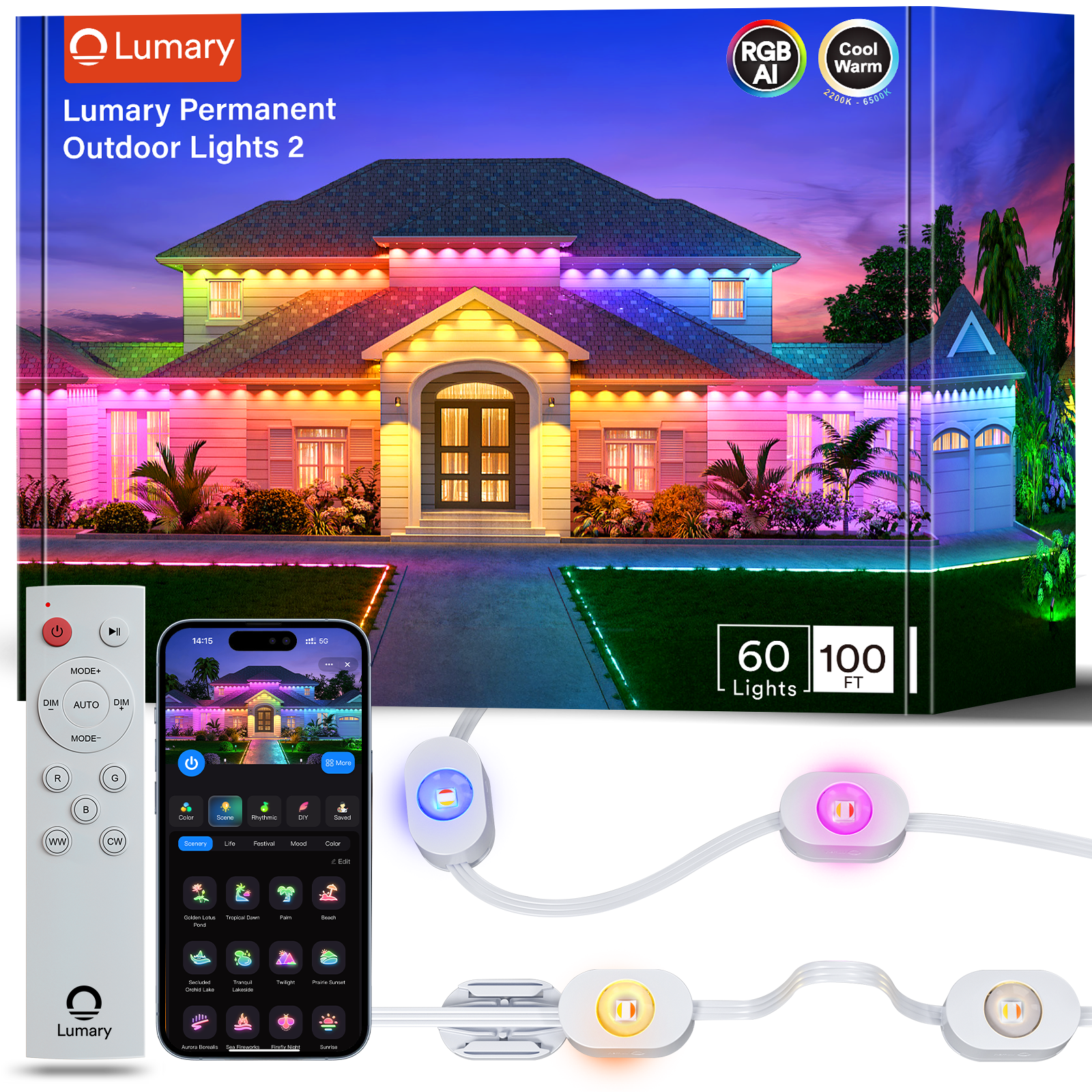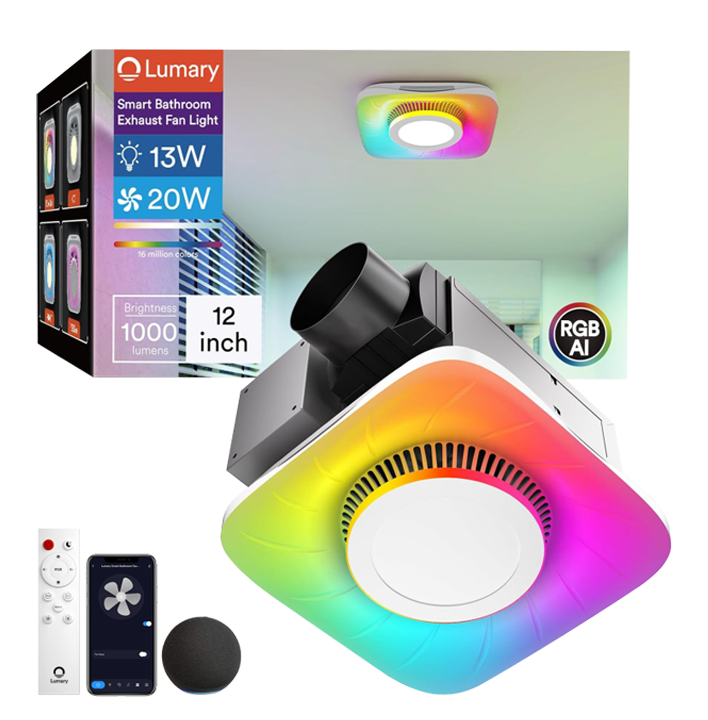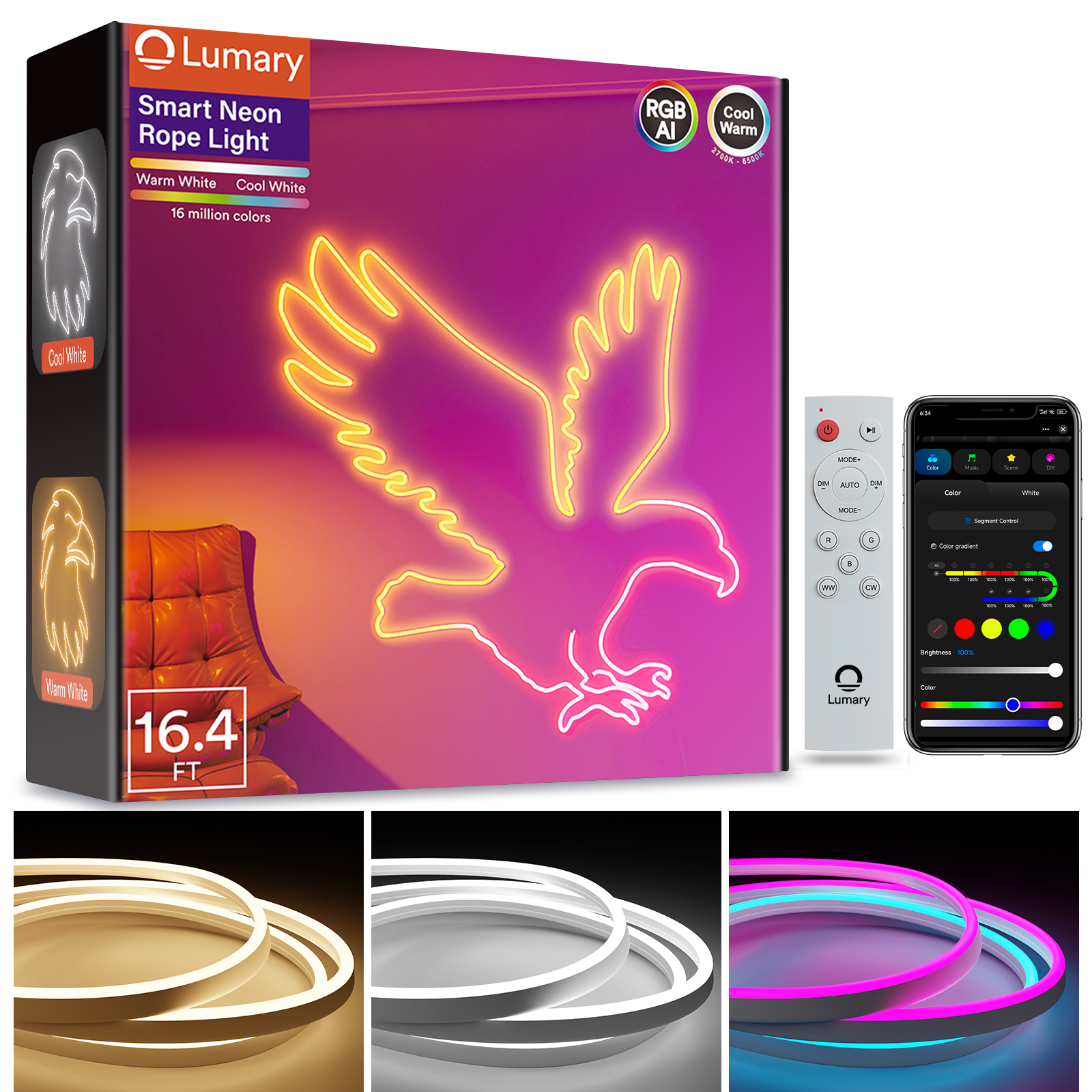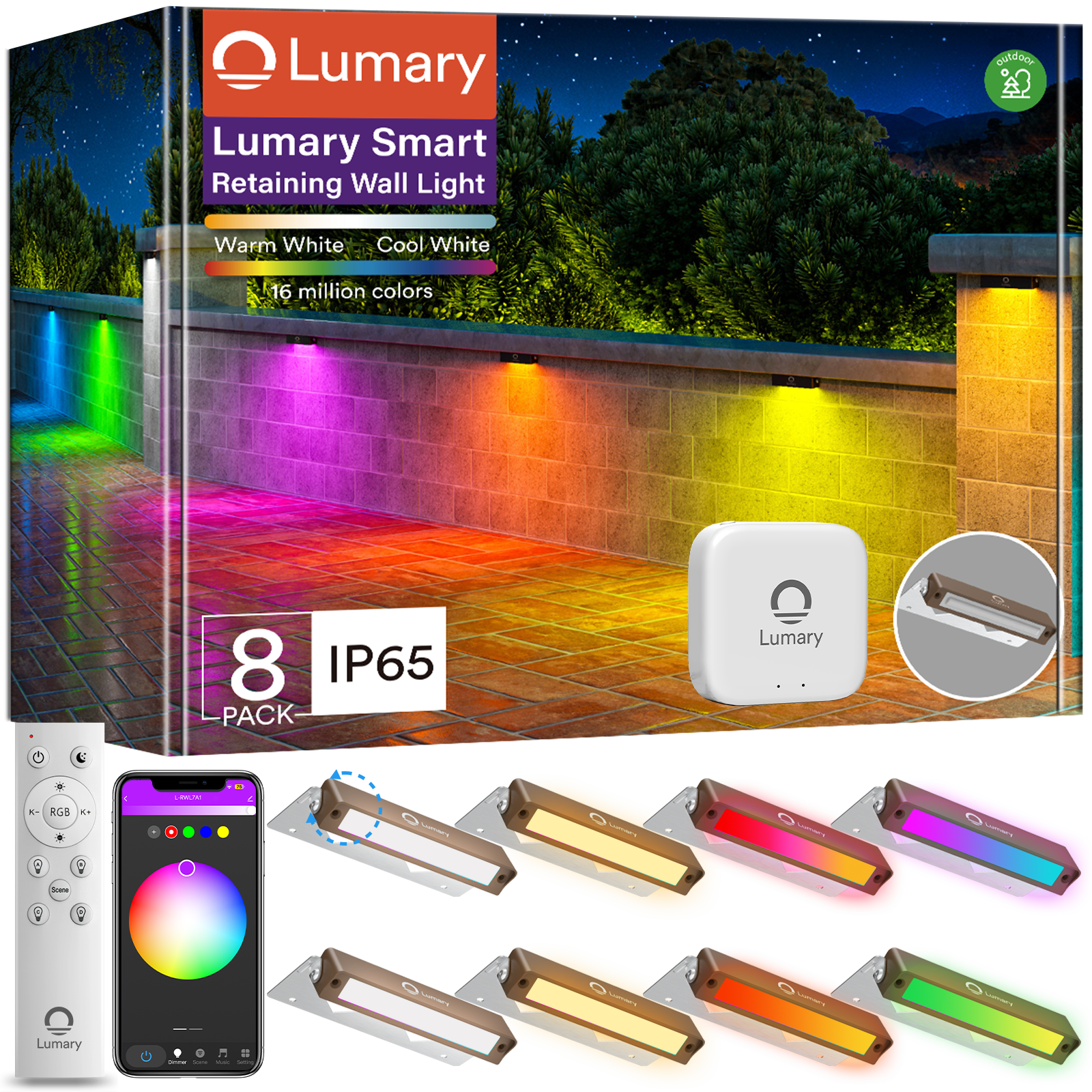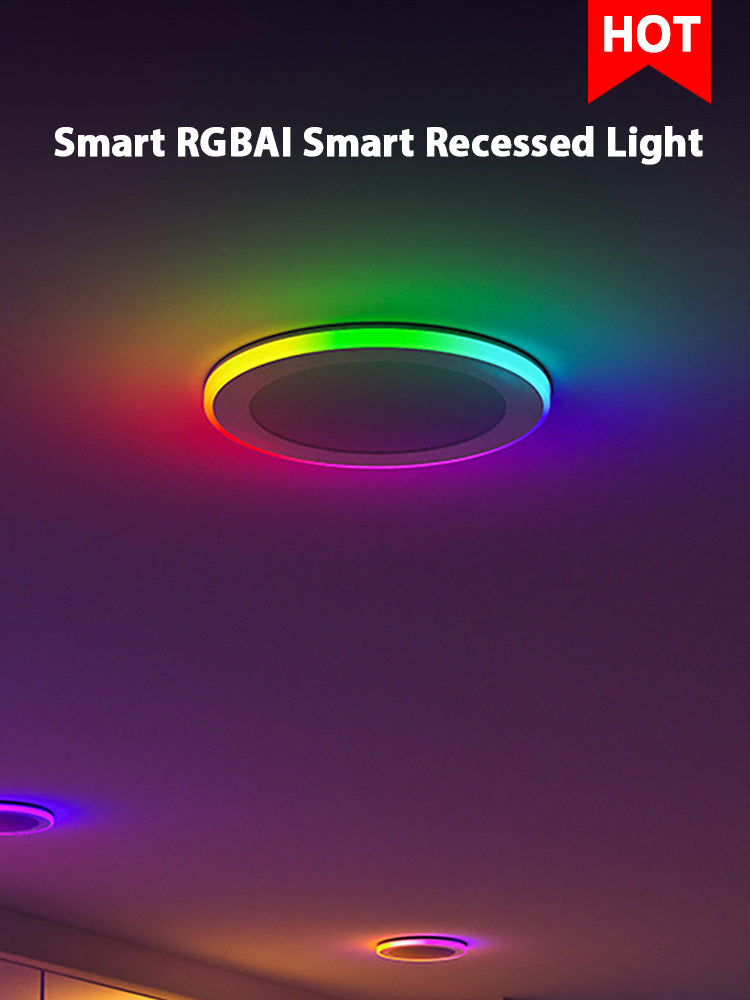Setting up smart outdoor lighting in 2025 is super easy. Many systems now guide you step-by-step, so anyone can do it. These lights don’t just illuminate your yard—they’re also smart. Picture smart outdoor lighting that turns on when you get home or adjusts with the time of day.
Switching to smart outdoor lighting offers more than just convenience. They help keep your home safe by staying bright and deterring intruders. Additionally, they save energy and money. Smart LED lights use 75% less energy than traditional bulbs. Features like motion sensors or sunlight tracking contribute to even greater savings. You’ll spend less and help the Earth too.
Planning for Smart Outdoor Lighting
Picking the Best System
Choosing a smart lighting system is the first step. There are many options, so pick what fits your needs. Do you want lights that work with your home assistant? Or do you prefer energy-saving lights to cut costs? Here’s a simple table to help you decide:
|
Benefit |
What It Does |
|---|---|
|
Saves Energy |
Uses LED bulbs and smart controls to lower power use. |
|
Lights up dark spots to keep intruders away and make areas safer. |
|
|
Looks Great |
Makes your yard look better, great for parties or relaxing. |
|
Easy Technology |
Lets you control lights remotely, set schedules, and connect to security systems. |
|
More Outdoor Fun |
Lets you enjoy your yard at night for relaxing or hosting friends. |
Think about what matters most to you. Whether it’s saving money, staying safe, or making your yard cozy, there’s a system for you.
Checking Your Yard
Before setting up smart lights, check your outdoor space. How big is the area you want to light? Are there dark spots that need extra light? Studies show good light placement reduces wasted light and brightens where needed. For example, some guidelines suggest how bright paths or roads should be. These rules help make lighting useful and eco-friendly.
Walk around your yard during the day and night. This helps you find spots that need lights and decide where to put them. Also, think about how the lights will look from inside your house!
Making Sure WiFi Works
Smart lights need strong WiFi to work well. If your outdoor WiFi is weak, the lights may not work right. To fix this, you can use a WiFi extender or mesh system. These tools make your signal stronger so your lights stay connected.
Put your router in the middle of your house if you can. Avoid thick walls or metal objects that block the signal. If WiFi still doesn’t work well, try lights with Bluetooth. This way, you can still control your lights even if WiFi has problems.
Tools and Materials for Installation
Having the right tools makes setting up smart lights easy. You don’t need to be a pro, but being prepared saves time. Let’s look at what you’ll need.
Tools You’ll Need
Get these tools ready before starting:
-
Screwdriver set: Helps attach lights securely.
-
Drill with bits: Makes holes in hard surfaces for screws.
-
Ladder: Lets you safely reach high places.
-
Wire cutters and strippers: Needed for fixing wires.
-
Voltage tester: Checks if wires are safe to touch.
-
Measuring tape: Helps place lights in the right spots.
Pro Tip: Always turn off power at the breaker box before working. Stay safe!
Materials for Smart Outdoor Lights
Picking good materials keeps your lights working for years. Here’s what to get:
|
Material |
Why It’s Useful |
|---|---|
|
Saves energy and lasts a long time. |
|
|
Holds lights firmly in place. |
|
|
Weatherproof sealant |
Shields wires from water and rain. |
|
Zip ties |
Keeps wires tidy and organized. |
|
Extension cords |
Reaches far power outlets easily. |
Choose fixtures made of stainless steel or brass. These resist rust and bad weather. Low-voltage systems are safer and use less energy. Use different lights like uplights and downlights to make your yard look great. Highlight paths, trees, or walls for a layered effect.
By preparing ahead, you’ll make installation simple and stress-free.
Step-by-Step Installation Guide
Mounting the Lights
Putting up your smart outdoor lights is the first step. Start by picking where each light will go. Use your earlier plan to find spots like paths, doors, or gardens. After choosing locations, follow these steps:
-
Mark the Spots: Use tape or a pencil to mark where lights go. This helps keep everything lined up and saves time.
-
Drill Holes: Use a drill to make holes for the brackets. Check that the holes fit the screws.
-
Attach the Brackets: Screw the brackets onto walls or surfaces. Make sure they’re tight and straight.
-
Install the Fixtures: Connect the light fixtures to the brackets. Follow the instructions for a secure fit.
Pro Tip: Add weatherproof sealant around the brackets. This keeps water out and makes your lights last longer.
Smart lights can be adjusted to shine in different directions. Use this feature to light up paths or highlight trees. Good placement makes your yard look better.
Connecting the Wiring
After mounting the lights, it’s time to connect the wires. Be careful to stay safe and make sure everything works. Here’s how to do it:
-
Turn Off the Power: Switch off power at the breaker box before touching wires. Safety is key!
-
Prepare the Wires: Strip off about half an inch of wire covering. This shows the copper for connecting.
-
Match the Wires: Connect the light wires to the right system wires. Black is for power, white for neutral, and green or bare for grounding.
-
Secure the Connections: Twist wires together and cover them with wire nuts. Wrap tape around the nuts for extra safety.
-
Test the Voltage: Use a tester to check the wires before turning power back on.
Important: Use wires that match your setup. This stops overheating and saves energy. Outdoor wires should handle bad weather.
Grounding is very important. It stops shocks and follows building rules. After wiring, tuck the wires neatly into the box to keep things tidy.
Configuring the System
Once the lights are set up, it’s time to configure them. This step makes your smart lighting work perfectly. Follow these steps:
-
Download the App: Get the app for your lighting system on your phone or tablet.
-
Connect to WiFi or Bluetooth: Pair your lights with your network using the app. If WiFi is weak, try a mesh system or extender.
-
Set Up Zones: Group lights by location, like pathways or patios.
-
Customize Settings: Adjust brightness, schedules, or motion detection in the app. Some apps let you change light colors too.
-
Test the System: Walk around to check if all lights work. Fix settings if needed.
|
Protocol |
Benefits |
Downsides |
|---|---|---|
|
WiFi |
Works with most networks |
Needs internet to function |
|
Bluetooth |
Direct control without internet |
Short range |
|
Zigbee |
Strong networks for smart homes |
Needs compatible devices |
|
Z-Wave |
Great for home automation |
Smaller range than WiFi |
|
Proprietary |
Extra security |
Limited device options |
Did You Know? Smart lights can cut energy use by half. Features like motion sensors and schedules save power and money.
For outdoor lights, pick ones rated IP65 or higher. This means they can handle rain, dust, and heat. Once set up, your system will look great and work well.
Pairing with Apps or Hubs
Connecting your smart outdoor lights to apps or hubs is exciting. This step lets you control lights easily, whether you're home or away. It may seem hard, but most systems make it simple.
Getting Ready with the Right Tools
Before starting, check that you have everything you need. First, make sure your smart home hub works with Matter, a standard for smart devices. This helps it connect smoothly with your system. Also, update your phone or tablet to the latest version. iOS users need iOS 16.5 or newer, and Android users need OS 8.1 or higher.
|
Requirement |
What You Need to Know |
|---|---|
|
Smart Home Hub |
Must support Matter and already work with your smart home system |
|
Software/Firmware |
Needs the newest updates (iOS/tvOS 16.5+ or Android OS 8.1+) |
Using the App to Pair
Most smart lights come with an app to control them. Start by downloading the app suggested by your light brand. For example, the Nanoleaf App is popular because it’s easy to use. After downloading, follow these steps:
-
Open the app and sign up if you don’t have an account.
-
Use the "Add Device" option to find your lights. You might scan a QR code on the light or box.
-
Follow the app’s steps to connect your lights to WiFi or Bluetooth.
Pro Tip: Connect your lights to the app first before linking them to a hub. This avoids setup problems.
Linking to a Hub
If you use a hub like Amazon Echo, Google Nest, or Apple HomeKit, link your lights next. Hubs add features like voice control and automation. Here’s how to do it:
-
Open the hub’s app, like Alexa, Google Home, or Apple Home.
-
Go to "Add Device" or "Set Up New Device."
-
Pick your light brand from the list of supported devices.
-
Follow the steps to finish pairing.
Some hubs include tutorials to guide you. If you’re unsure, check reviews to see how easy others found the process.
Tips for Easy Pairing
-
Make sure new lights or hubs work with your current devices. This avoids extra costs.
-
Keep lights and hubs close to your WiFi router for better connection.
-
Update apps and firmware often for new features and better security.
Pairing your smart outdoor lights with apps or hubs unlocks cool features. You can set schedules, detect motion, or change colors. Controlling lights with your phone or voice feels modern and fun. Once paired, your lights will be smarter, save energy, and be easier to use.
Testing and Troubleshooting
Checking If Lights Work Right
After setting up your smart outdoor lights, test them. Turn on the system and see if the lights work. Do they light up the right spots? Are they following commands from the app or hub? Try these simple tests:
|
Test Type |
What to Check |
|---|---|
|
Brightness & Beam Test |
Make sure the lights are bright and cover the right areas. |
|
Energy Use Test |
See if the lights use less power as promised. |
|
Weatherproof Test |
Check if the lights can handle rain, dust, or bad weather. |
|
Security Test |
Ensure the system is safe from hackers, especially if it’s connected to WiFi or a smart hub. |
Pro Tip: If your lights have motion sensors, walk around to test them. Adjust the settings in the app if needed.
LED lights last a long time, often up to 50,000 hours. This makes them great for outdoor use. Testing helps you make sure they work well and last longer.
Fixing Connection Problems
If your lights don’t connect, don’t worry. Most problems are easy to fix. Try these steps:
-
Check WiFi Strength: Weak signals can cause problems. Use a WiFi extender to improve coverage.
-
Restart Devices: Turn off and on your router, hub, or lights to reset them.
-
Re-add the Light: Remove the light from the app and add it again.
-
Check Solar Panels: For solar lights, make sure they get enough sunlight. Clean the panels often.
-
Update the App: Look for updates in the app. Updates fix bugs and improve performance.
Some cities, like Barcelona, use advanced systems like 5G for smart lights. While you might not have 5G, a strong connection is still important.
Note: If WiFi keeps failing, try Bluetooth lights. They work directly with your phone and don’t need WiFi.
Fixing Broken Lights
If a light isn’t working, stay calm. Most issues are easy to solve. Check these things:
-
Look at the Wires: Loose or broken wires can stop lights from working. Use a tester to check them.
-
Replace the Driver: A bad driver can make lights flicker or stop. Replacing it usually fixes the problem.
-
Check Power Supply: Flickering lights might mean unstable power. Call your power company if it keeps happening.
-
Watch for Weather Issues: Extreme heat or cold can affect lights. Use fixtures made for your local weather.
-
Switch to LEDs: Older bulbs may not work well. LED bulbs are more reliable and save energy.
Keep your lights in good shape by cleaning and checking them every few months. Smart systems can also alert you to problems early.
Did You Know? Fixing small problems early can save you money. Regular checks help avoid big repairs later.
Maintaining and Optimizing Your System
Cleaning and Protecting Fixtures
Keeping your outdoor lights clean helps them work better. Dirt and weather can make them dim and less useful. Cleaning them often is easy and keeps them shining.
-
Use covers to protect lights from dirt and bad weather.
-
Clean them every few months to remove dirt and check bulbs.
-
Wipe fixtures gently with a soft cloth and mild soap.
Taking care of your lights keeps them bright and useful for paths and gardens.
Updating Software
Smart lights need updated software to work their best. Updates fix problems and add new features. Most systems alert you about updates, but it’s smart to check regularly.
Follow these steps to update:
-
Open the app for your lighting system.
-
Look for updates in the settings.
-
Install updates quickly to improve performance and safety.
Updates also help your lights work better with other smart devices. For example, new updates might let your lights sync with your thermostat or cameras.
Studies show keeping lights updated saves energy and lowers maintenance costs. Updates make your system reliable and efficient.
Seasonal Adjustments
Smart lights can change with the seasons to save energy and improve your yard. Adjusting your setup for each season makes your space better.
|
Season |
Lighting Tip |
Benefits |
|---|---|---|
|
Spring |
Use programmable LEDs to extend daylight |
Helps plants grow faster and healthier. |
|
Summer |
Add motion sensors and heat-efficient LEDs |
Saves energy and lowers electricity bills. |
|
Autumn |
Use portable LED lights for evening tasks |
Gives more time to work outdoors during shorter days. |
|
Winter |
Try heat lamps and warm-colored LEDs |
Keeps animals comfortable and supports natural sleep cycles. |
Changing your lights for each season helps you save energy and enjoy your yard all year. Whether it’s spring growth or winter warmth, smart lights adjust to your needs.
Setting up smart outdoor lighting doesn’t have to be complicated. You’ve learned how to plan, install, and maintain your system step by step. With smart lights, you’ll enjoy better security, energy savings, and a more inviting outdoor space. Plus, controlling your lights with an app or voice commands makes life so much easier.
So, why wait? Upgrade to a smart system today and transform your yard into a bright, safe, and energy-efficient haven. You’ll love the difference it makes! 🌟

